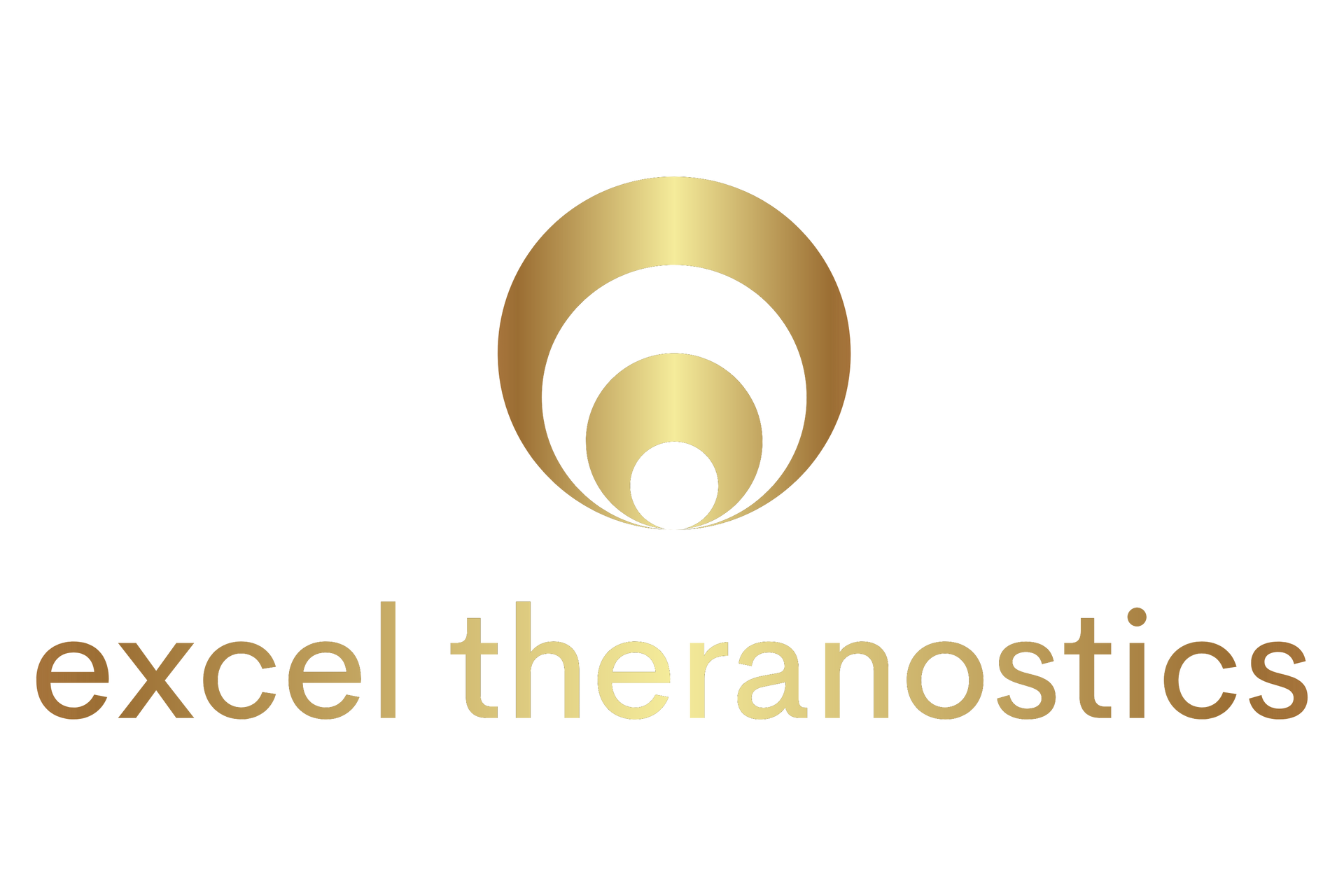Patients
At Excel Theranostics, we understand that healing transcends technology. We foster a compassionate and welcoming atmosphere, making sure you feel cared for and valued every step of the way.
Your comfort and satisfaction are our highest priorities. We are dedicated to ensuring that your experience is as smooth and supportive as it can be.
Cancer Diagnosis
A confirmed diagnosis of a specific type of cancer, particularly those known to benefit from theranostics, such as prostate cancer or neuroendocrine tumors.
Overall Health Status
A thorough assessment of the patient's overall health, including any coexisting conditions, to ensure they can tolerate the treatment and any potential side effects.
Previous Treatments
Information on prior treatments and their outcomes is important, as it helps in developing a personalized treatment plan and understanding the patient's treatment history.
Stage of Cancer
Certain stages of cancer may be more suitable for theranostics, particularly when there are identifiable molecular targets and the disease is manageable with targeted treatment.
Molecular Profiling
Patients may need to undergo tests to identify specific molecular targets within their tumors, which are critical for determining eligibility for targeted therapies.
Age Considerations
While theranostics can be used across various age groups, eligibility may be influenced by age-related health factors and potential risks.
Theranostics Patient Journey
Excel Theranostics is honored to introduce this technology-enabled care in the US, offering you an innovative alternative for treating prostate cancer.
This is healthcare, redefined.
How does theranostics work?
Theranostics involves two key steps: first, a diagnostic agent is used to locate and assess the tumor’s characteristics; then, a therapeutic agent is administered to treat the tumor based on the identified targets.
Who is a candidate for theranostics?
Patients with certain types of cancer, particularly those with specific molecular characteristics, may benefit from theranostics. Your physician will determine if this approach is suitable for you.
What types of cancers can be treated with theranostics?
Theranostics is particularly effective for various cancers, including prostate cancer, neuroendocrine tumors, and others where specific molecular targets have been identified.
What can I expect during the treatment process?
You will undergo diagnostic assessments, receive a personalized treatment plan, and attend scheduled appointments for therapy. Continuous monitoring will ensure your treatment is adjusted as needed.
Are there any side effects associated with theranostics?
As with any cancer treatment, side effects can occur. Your healthcare team will discuss potential side effects and how to manage them effectively.
How long does the treatment cycle last?
The duration of the treatment cycle can vary depending on your specific treatment plan and individual response. Your clinician will provide detailed information based on your situation.
Will I need additional therapies after theranostics?
Some patients may require additional therapies based on their response to treatment. Your care team will provide guidance on the best course of action.
How do I know if theranostics is right for me?
A thorough evaluation by your healthcare team, including diagnostic tests and a discussion of your cancer type and history, will help determine if theranostics is a suitable option for you.
What support services are available during treatment?
Excel Theranostics offers various support services, including counseling, nutrition advice, and access to support groups to help you through your treatment journey.


